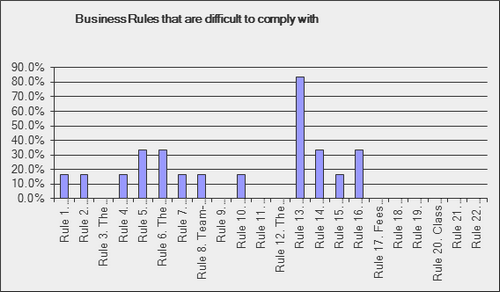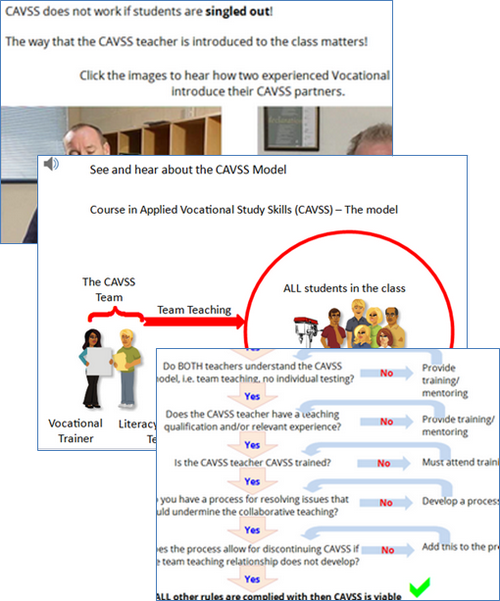Beth Marr will be returning to Western Australia in late February to start a second set of workshops developing teacher’s skills to apply collaborative learning techniques to adults learning numeracy.
The 2014 pilot program will form the basis for a series of videos. Whether you need to refresh your skills and re-visit the concepts, or start learning about the ideas from scratch, the videos will allow you to do this in your own time and place. Sorry, but 2015 program participants will not get the chance to be in a video!
I would love to hear from anyone who has tried some of the models of activity that Beth taught us last year – you can comment here publicly so the whole world can see if they wish or, if you prefer, in our membership-only ALaN Network Google Group.
More of Beth’s work is available at “Building Strength With Numeracy” on the VALBEC website.
Let me know if you missed out on a place in the program. There are still a couple of spots available.
Cheryl Wiltshire
ALaN Network WA







